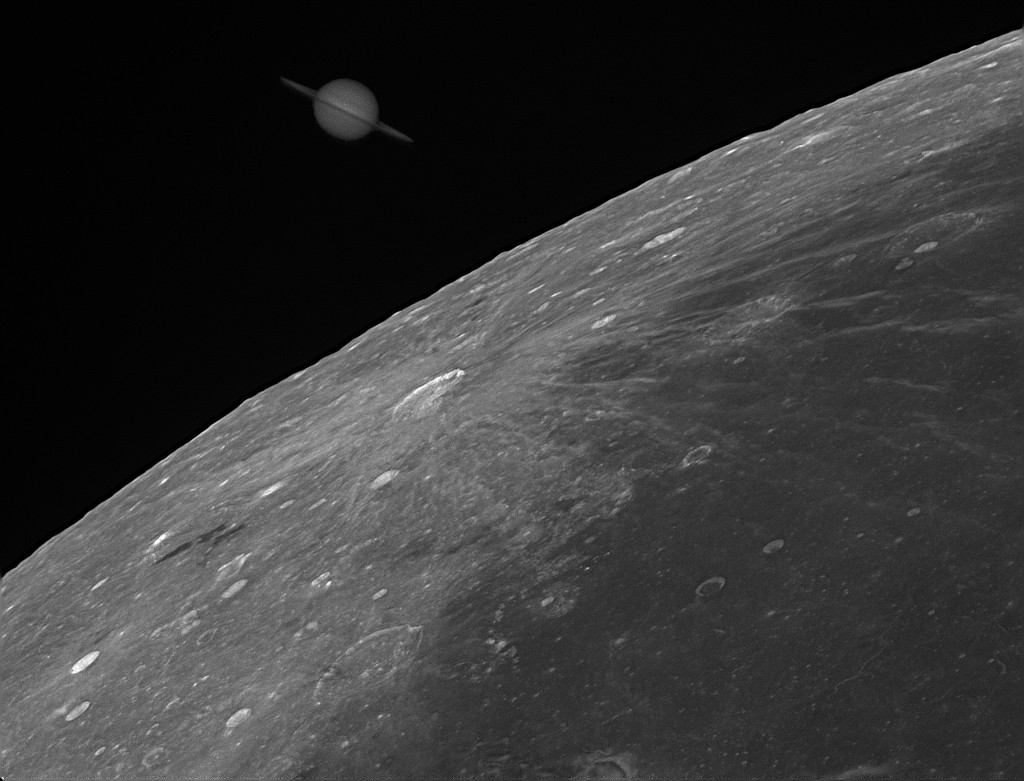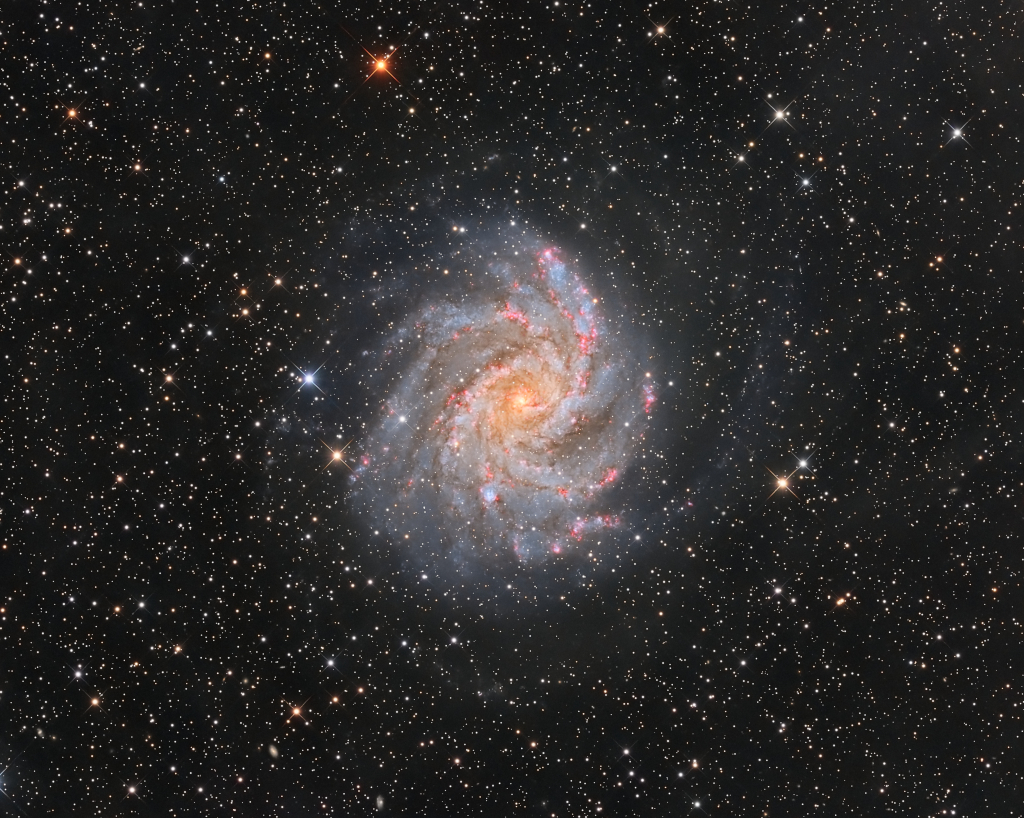Nombre total de pages vues
29/07/2024
SANTé/MEDECINE - Antoni van Leeuwenhoek - pionnier de l'observation microscopique
ASTRONOMY - Milky Way over Uluru
Image Credit & Copyright: Max Inwood
Explanation: What's happening above Uluru? A United Nations World Heritage Site, Uluru is an extraordinary 350-meter high mountain in central Australia that rises sharply from nearly flat surroundings. Composed of sandstone, Uluru has slowly formed over the past 300 million years as softer rock eroded away. The Uluru region has been a home to humans for over 22,000 years. Recorded last month, the starry sky above Uluru includes the central band of our Milky Way galaxy, complete with complex dark filaments of dust, bright red emission nebulas, and billions of stars.
2024 July 29
28/07/2024
INVENTIONS DE DEMAIN - Le vaccin qui vous fera écraser

ASTRONOMY - Sun Dance
2024 July 28
Video Credit: NASA, SDO; Processing: Alan Watson via Helioviewer
Explanation: Sometimes, the surface of our Sun seems to dance. In the middle of 2012, for example, NASA's Sun-orbiting Solar Dynamic Observatory spacecraft imaged an impressive prominence that seemed to perform a running dive roll like an acrobatic dancer. The dramatic explosion was captured in ultraviolet light in the featured time-lapse video covering about three hours. A looping magnetic field directed the flow of hot plasma on the Sun. The scale of the dancing prominence is huge -- the entire Earth would easily fit under the flowing arch of hot gas. A quiescent prominence typically lasts about a month and may erupt in a Coronal Mass Ejection (CME), expelling hot gas into the Solar System. The energy mechanism that creates a solar prominence is still a topic of research. Like in 2012, this year the Sun's surface is again quite active and features many filaments and prominences.
27/07/2024
ASTRONOMY - Saturn at the Moon's Edge
2024 July 27
Image Credit & Copyright: Chengcheng Xu
Explanation: Saturn now rises before midnight in planet Earth's sky. On July 24, the naked-eye planet was in close conjunction, close on the sky, to a waning gibbous Moon. But from some locations on planet Earth the ringed gas giant was occulted, disappearing behind the Moon for about an hour from skies over parts of Asia and Africa. Because the Moon and bright planets wander through the sky near the ecliptic plane, such occultation events are not uncommon, but they can be dramatic. In this telescopic view from Nanjing, Jiangsu, China, Saturn is caught moments before its disappearance behind the lunar disk. The snapshot gives the illusion that Saturn hangs just above Glushko crater, a 43 kilometer diameter, young, ray crater near the Moon's western edge. Of course, the Moon is 400 thousand kilometers away, compared to Saturn's distance of 1.4 billion kilometers.
26/07/2024
SANTé/MEDECINE - Gregory Pincus : créateur de la pilule contraceptive
ASTRONOMY - Facing NGC 6946
2024 July 26
Image Credit & Copyright: Roberto Marinoni
Explanation: From our vantage point in the Milky Way Galaxy, we see NGC 6946 face-on. The big, beautiful spiral galaxy is located just 20 million light-years away, behind a veil of foreground dust and stars in the high and far-off constellation Cepheus. In this sharp telescopic portrait, from the core outward the galaxy's colors change from the yellowish light of old stars in the center to young blue star clusters and reddish star forming regions along the loose, fragmented spiral arms. NGC 6946 is also bright in infrared light and rich in gas and dust, exhibiting a high star birth and death rate. In fact, since the early 20th century ten confirmed supernovae, the death explosions of massive stars, were discovered in NGC 6946. Nearly 40,000 light-years across, NGC 6946 is also known as the Fireworks Galaxy.
25/07/2024
SANTé/MEDECINE - Louis Pasteur - père de la vaccination
INVENTIONS DE DEMAIN - Ressentez la peur du héros
ASTRONOMY - NGC 7023: The Iris Nebula
Image Credit & Copyright: Robert Shepherd
Explanation: These cosmic clouds have blossomed 1,300 light-years away in the fertile starfields of the constellation Cepheus. Called the Iris Nebula, NGC 7023 is not the only nebula to evoke the imagery of flowers. Still, this deep telescopic image shows off the Iris Nebula's range of colors and symmetries embedded in surrounding fields of interstellar dust. Within the Iris itself, dusty nebular material surrounds a hot, young star. The dominant color of the brighter reflection nebula is blue, characteristic of dust grains reflecting starlight. Central filaments of the reflection nebula glow with a faint reddish photoluminescence as some dust grains effectively convert the star's invisible ultraviolet radiation to visible red light. Infrared observations indicate that this nebula contains complex carbon molecules known as PAHs. The dusty blue petals of the Iris Nebula span about six light-years.
VULCANOLOGIE - Les volcans sous-marins : un danger bien caché
Sous les vagues des puissants océans de notre planète se cache un monde ardent que peu de gens voient. Dans l'obscurité des profondeur...

-
2022 September 26 All the Water on Planet Earth Illustration Credit: Jack Cook, Adam Nieman, Woods Hole Oceanographic Institution ; Data ...
-
2025 May 11 The Surface of Venus from Venera 14 Image Credit: Soviet Planetary Exploration Program , Venera 14 ; Processing & Copyri...







